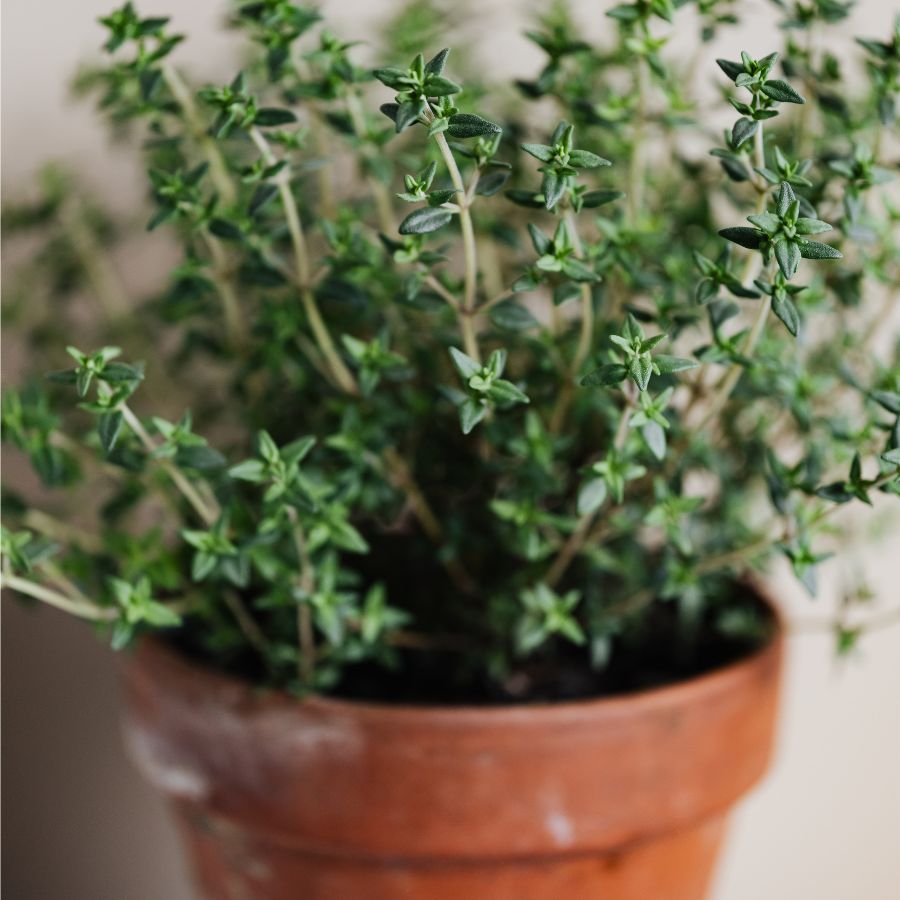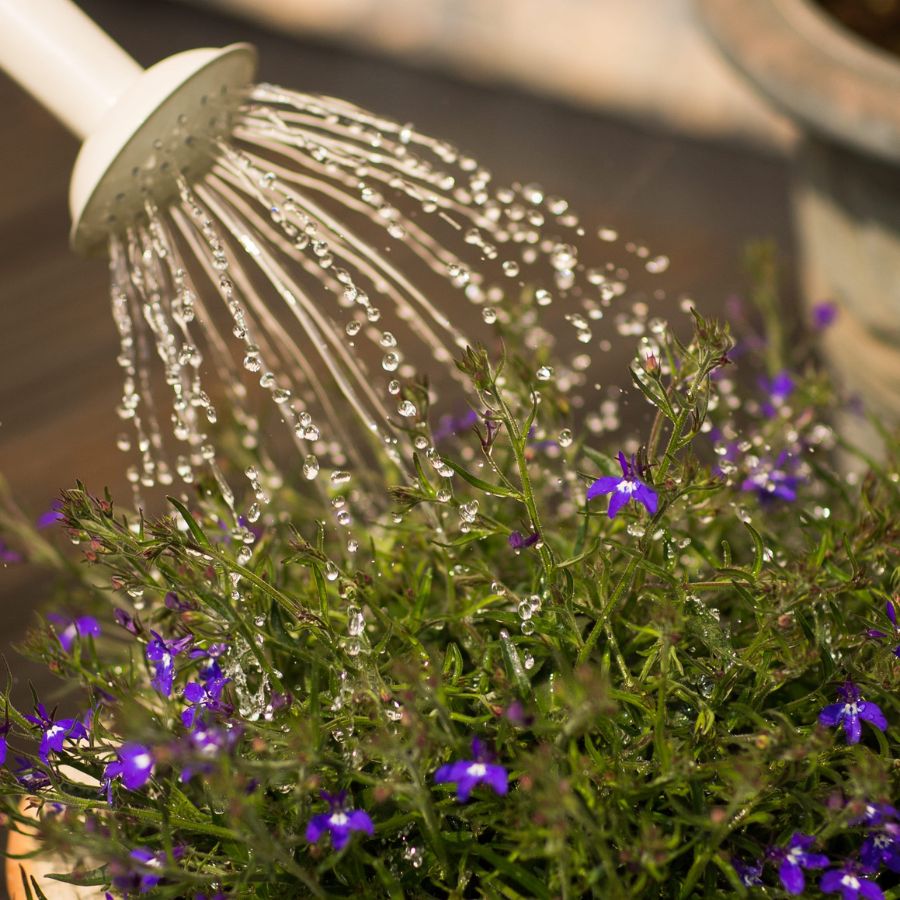Watering Isn’t Always the Answer to Plant Problems
The in’s & out’s of watering enough vs watering too little
The age old question, how much do I water? Giving plants the perfect amount of water can be tricky, even for master gardeners. There are so many factors that contribute to water absorption, and conditions change with the seasons. Luckily, our plants have ways of telling us that they need attention. Here are some signs that you might need to adjust their watering schedules.
How Much Do I Water – Signs of Overwatering
Brown, Soft Leaves
Brown leaves can be a sign of both underwatering and overwatering, so this can be tricky. To pinpoint the problem, we have to do a bit of investigating.
If the leaves are brown at the tips or edges, and the brown parts feel brittle, your problem is likely underwatering. If entire leaves are brown and they begin to droop or drop off, this is probably due to overwatering.
When in doubt, feel the soil for moisture, checking all the way down to the roots. If water is collecting here and unable to drain, your plant might be suffocating. Check the water requirements for the plant and adjust the watering schedule if needed. If drainage seems to be the problem, additives like perlite can help the soil drain properly.

Mushy Stems
Rot caused by overwatering can also be seen in plant stems. Stems should be rigid enough to support the leaves of the plant, so if they become droopy and brown, the plant is likely getting too much water.
To verify this, check the roots of the plant. This type of rot typically starts at the root and is caused by the soil being oversaturated. To save the plant, you will probably have to transplant it into new, properly drained soil. Supplementing with nitrogen can help encourage new growth from the plant roots.
Edema
This is an early sign of overwatering, and by keeping an eye on your plant’s leaves you can detect and correct it early. Edema happens when water absorption by the roots is outpacing water evaporation through the plant’s leaves. This leads to an excess of water in the leaves and shows in blisters on the undersides of leaves.
When you catch this early, you can probably correct the problem easily by adjusting the watering schedule and making sure the soil is draining well. If the roots look healthy, there is probably no need to transplant or supplement the soil with fertilizer.
Fungus Gnats
This type of pest loves soil that is always moist, so they are a definite sign that your plant is getting too much water. Fungus gnats look like small fruit flies, and love damp potting soil. The longer they go undetected, the more eggs they lay, and the larvae feed on the plant’s roots.
With these pests, prevention is key. Make sure your soil is draining properly and feel that the top of the soil is dry before watering. If it looks like the fungus gnats have already made themselves comfortable, try transplanting to a new location with fresh soil and treating with an organic insecticide and fungicide.
How Much Do I Water – Signs of Under Watering

Slow Growth or No Growth
A temporary lag in the watering schedule usually isn’t a problem, but chronic underwatering can cause stunted growth. In this case, growth might be slower than expected or new leaves are smaller than normal.
If you aren’t sure if under watering is the problem, a soil check can give you more clues. If the soil is blocky, pulled away from the plant, and dry to the touch, your plant probably needs water. You’re your plant a good watering, then watch for improvement, and to see how the soil drains. If the soil dries very quickly, adding organic material or water storing minerals might help with moisture retention.
Wilting
Wilting leaves are usually a tell-tale sign that your plant isn’t getting enough water. When your plant’s cells are depleted of water volume, they lose rigidity and lead to wilting. Give the plant a thorough watering and watch for improvement. Wilting can also be a sign of certain plant diseases, so you might have to investigate further if you don’t see any improvement.
Learn more about other reasons for wilting here.
Dry, Brown Leaf Tips
If you notice that the tips of your plant’s leaves are turning brown and are dry to the touch, the plant probably needs water. Try to address this as soon as possible, as entire leaves will die off if the plant goes too long without water.
How Much Do I Water
How Do I Water Succulents?
Do all these signs translate into how much do I water succulents? Again, you will be able to tell in the leaves, an under watered succulent will look shriveled and wrinkled. An overwatered plant will be mush and soft with almost translucent leaves. In both instances leaves will fall from the plant, however, they will look very differently. Overwatered succulents will turn translucent, or black and will fall off the plant as they are saturated with water. Under watered plant leaves will look more dead, starting at the bottom and will feel flat and soft.

